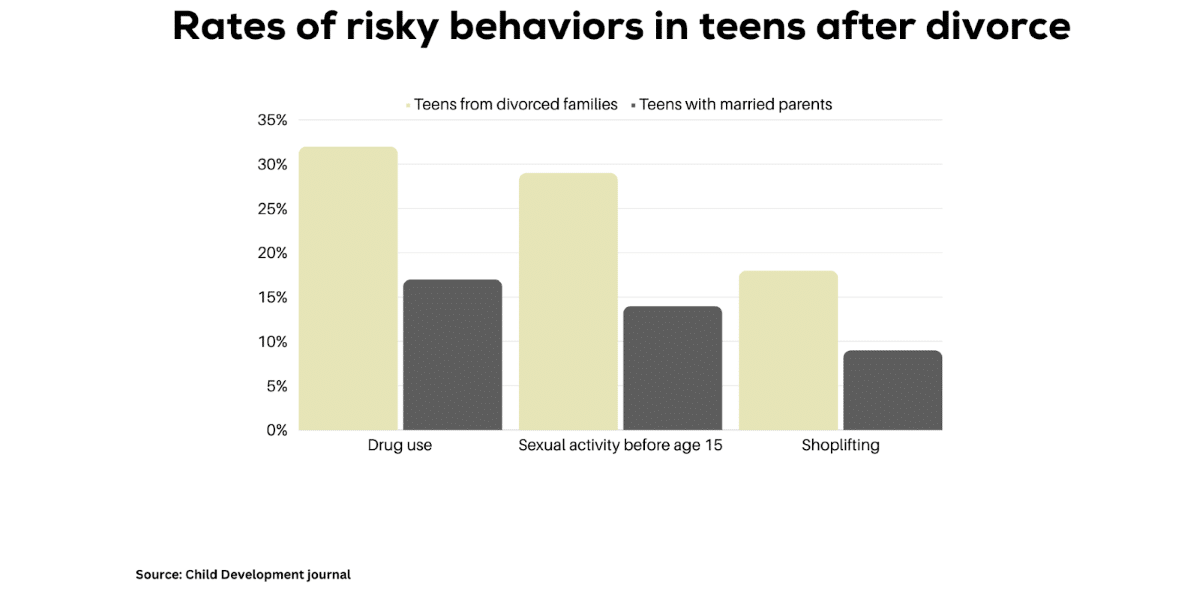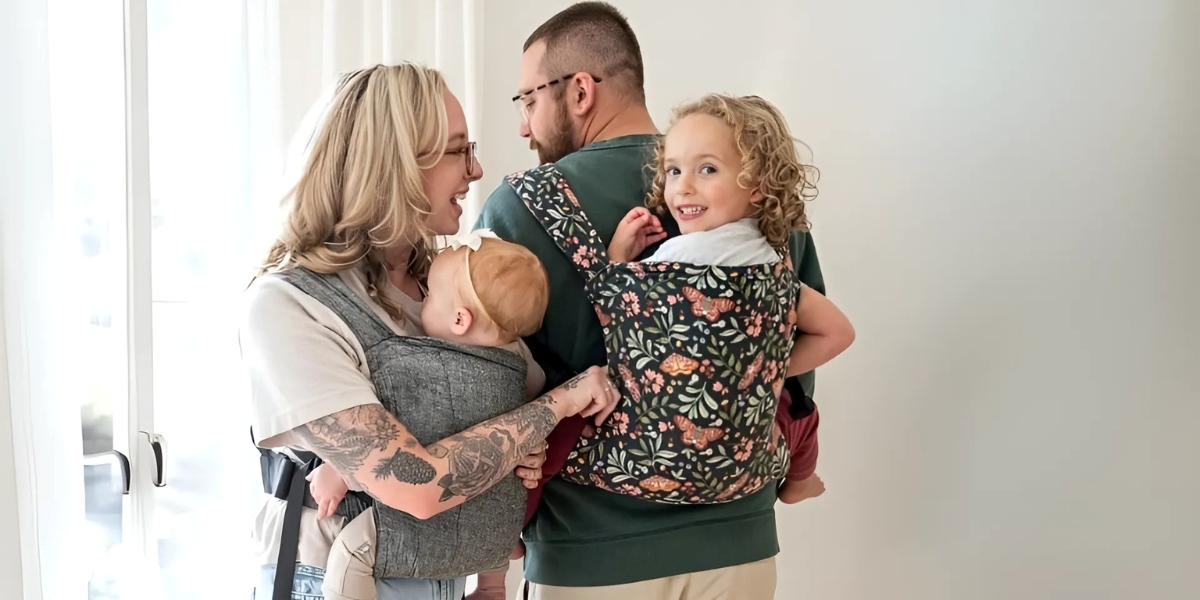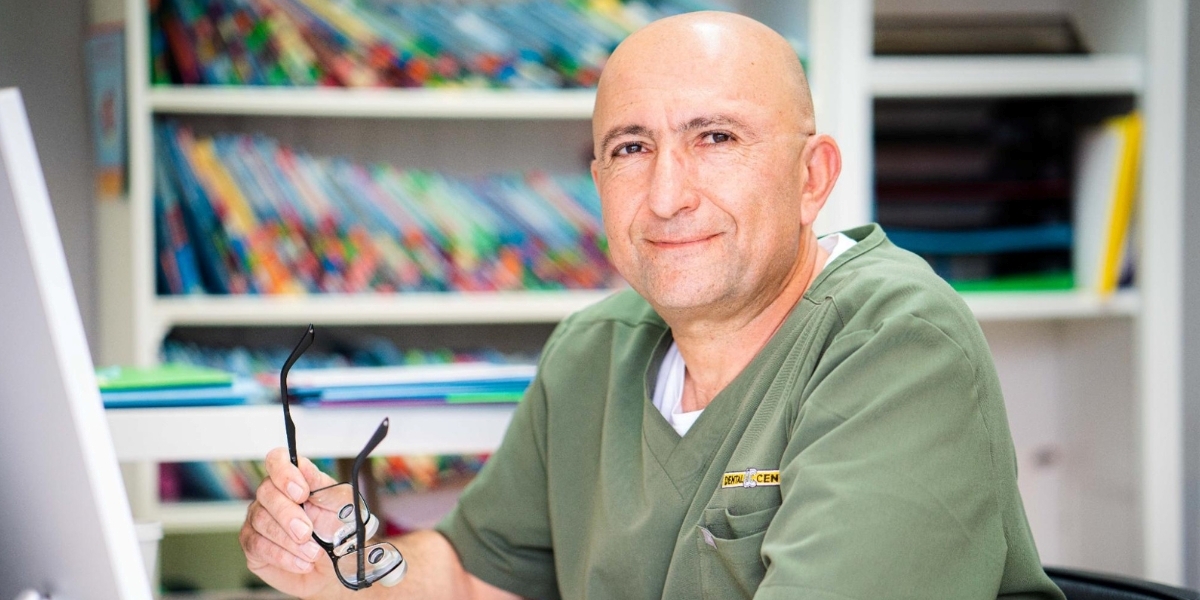Image Commercially Licensed from Unsplash
Divorce has become an undeniable reality for millions of families across America. While couples may part ways legally, their children often bear the deepest emotional burdens of this transition. From confusion and anxiety to anger and depression, children face significant psychological struggles adjusting to life after their parents separate. By understanding these challenges and providing consistent support, families can help safeguard children’s emotional well-being even in the aftermath of divorce.
Handling Legal and Emotional Issues in Divorce
Divorce is a challenging experience for all parties involved, but perhaps the most vulnerable are the children caught in the crossfire. The impact of divorce on children’s emotional well-being is profound, requiring thoughtful consideration and support from parents. Children often grapple with feelings of confusion, sadness, and even guilt during this tumultuous time.
Parents must prioritize open communication and provide a stable environment to help mitigate the emotional toll on their children. Seeking the guidance of a child custody attorney can be instrumental in navigating the complexities of custody arrangements and ensuring the best interests of the child are safeguarded.
These legal professionals specialize in advocating for the well-being of children, helping parents establish fair and constructive custody agreements that contribute positively to the emotional resilience of their children amidst the challenges posed by divorce.
Emotional Effects of Divorce on Children
Divorce is emotionally devastating for children, often having life-long impacts on their well-being. According to the American Psychological Association, children of divorced parents are more likely to experience emotional problems like depression and anxiety compared to children from intact families.
According to an expansive meta-analysis conducted by the American Psychological Association encompassing over 150,000 children, kids of divorced parents exhibit more psychological, behavioral, and academic problems compared to children whose parents remained married.
Without intervention, these issues can linger and cause lasting damage to children’s emotional development and well-being.
A study published in the Journal of Marriage and Family found children of divorced parents at an increased risk of behavioral issues, especially immediately after the divorce. These struggles manifest in different ways across ages:
Preschoolers: Common issues include attachment anxiety, regression in skills, sleep issues, aggressive behaviors, prolonged tantrums, and general non-compliance. Research indicates preschoolers of divorced parents suffer elevated rates of mood disorders. They often worry about basic needs being met as family dynamics shift.
School-age: These children may demonstrate angry outbursts, declining academic performance, inability to concentrate, withdrawal from activities, worries about the future, physical complaints, and high rates of internalizing distress like depression.
Adolescents: Teens endure intense grief over the lost family unit. They frequently isolate themselves, engage in high-risk behaviors including substance abuse and sexual promiscuity, exhibit suicidal ideation, and experience clinical depression and anxiety at increased prevalence compared to teens whose parents remain married. Painful emotions like denial, anger, and shame often simmer below the surface.
Young adults: While the immediate effects appear more subtle, young adults of divorced parents struggle to form secure romantic attachments, display aggressive tendencies in relationships, and battle substance abuse at nearly triple the rates of those from non-divorced families.
Without timely intervention, research indicates these psychological issues persist and negatively impact children’s emotional and relational stability even decades after their parents’ divorce.

Strategies for Supporting Children’s Emotional Well-Being
While divorce inevitably causes short-term distress, parents can implement key strategies to help children regain equilibrium and protect their long-term well-being:
Maintain routines: Try to keep consistent schedules for school attendance, extracurricular activities, meals, homework time, parent-child outings, and bedtimes to provide a sense of stability.
Encourage communication: Have age-appropriate dialogues about the divorce, allowing space for children to share feelings and fears without judgment. Offer reassurance.
Limit conflict: Move arguments with ex-spouses out of earshot and refrain from putting kids in the middle of disputes to avoid further anxiety.
Get professional support: Seek individual and family counseling to help children process emotions, strengthen coping abilities, and address any emerging behavioral or psychological issues. Support groups also help children feel less alone.
Foster relationships: Help children nurture relationships with extended family, friends, mentors, and the non-custodial parent through regular contact.
By taking these proactive steps, families can ease divorce’s emotional impact and empower children to develop the coping skills needed to thrive despite these difficult changes.
FAQs
1. How can I help my child emotionally understand the divorce?
Use age-appropriate language in a calm setting. Encourage questions and conversations over time. Consider counseling to help process emotions. Reassure your child that the divorce is not their fault and remind them often that they are loved.
2. What signs indicate my child is struggling emotionally with the divorce?
Withdrawal from family/friends, disruptive behaviors, declining academic performance, changes in eating and sleeping patterns, angry outbursts, anxiety, recurring physical complaints like headaches or stomach aches, and depression are all common signs of emotional distress.
3. Can divorced parents effectively co-parent even with a strained relationship?
Yes, although it requires compromising and communicating clearly regarding your child’s needs. You should establish rules, boundaries, and schedules early on and refer back to these guidelines. Using apps like Talking Parents to coordinate major decisions can be useful too. The priority is demonstrating a unified front to provide stability for your child.
Conclusion
Divorce profoundly impacts the emotional lives of children caught in the crosshairs. From internalizing behaviors like anxiety and depression to externalized irritation, anger, and non-compliance, its effects manifest differently across ages.
While the legal union of their parents may dissolve, children’s underlying need for stability, security, and support continues. By minimizing disruptions, encouraging open communication, limiting conflict, offering reassurance, and committing to positive co-parenting, families can help safeguard children’s emotional health even after going their separate ways.
Published by: Nelly Chavez







